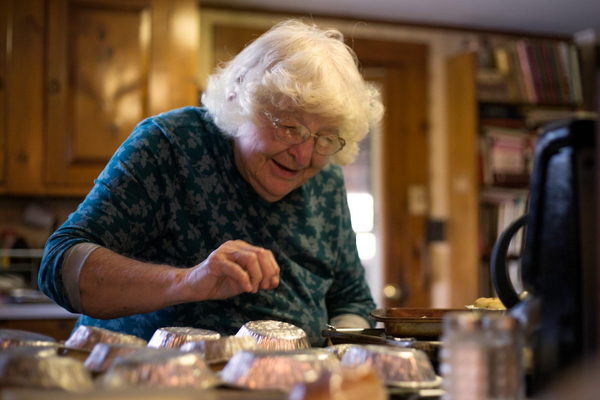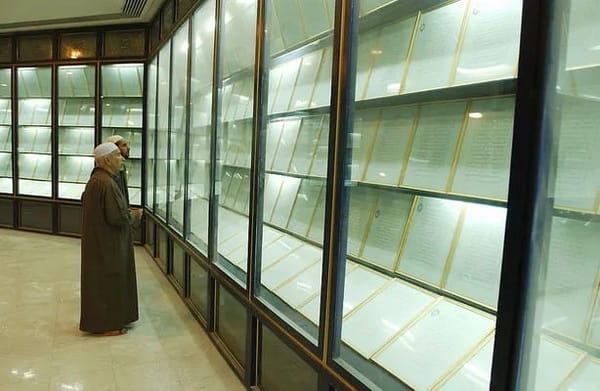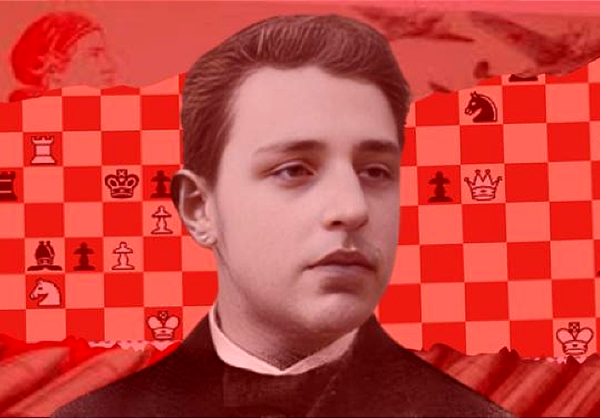First map of the night sky hidden in ancient parchment

Hidden beneath Christian texts, scholars have discovered what seems to be part of the long-lost star catalogue of the astronomer Hipparchus — believed to be the earliest known attempt to map the entire sky. Scholars have been searching for Hipparchus’s catalogue for centuries. James Evans, a historian of astronomy at the University of Puget Sound in Tacoma, Washington, describes the find as “rare” and “remarkable”. Evans says it proves that Hipparchus, often considered the greatest astronomer of ancient Greece, really did map the heavens centuries before other known attempts. It also illuminates a crucial moment in the birth of science, when astronomers shifted from simply describing the patterns they saw in the sky to measuring and predicting them.
How a child's chronic pain and a nurse's misdiagnosis tore a family apart
Beata and Jack Kowalski told the hospital that their daughter Maya suffered from a neurological disorder called complex regional pain syndrome, or CRPS. They said that she was acutely sensitive to stimuli of all kinds and that disabling pain radiated through her legs and feet, requiring the use of a wheelchair. When a nurse attempted to conduct an ultrasound, her mother insisted that the only way Maya could tolerate the contact was if she received an infusion of ketamine. Hansen agreed that it was strange for Beata to demand medication before allowing a test. A parent being uncooperative or failing to heed a medical professional’s suggestions is considered a red flag for neglect, and so a hospital staffer filed a formal notice with the state. And thus began a torturous odyssey that would tear the Kowalski family apart.

She was killed by police, so why were her bones in a museum?
Janet Monge, then an associate curator at the University of Pennsylvania’s Museum of Archaeology and Anthropology, had consulted on several high-profile forensics cases over the years, including one of Philadelphia’s most notorious catastrophes: the 1985 police bombing of the predominantly Black religious group known as MOVE. That aerial attack on a residential home triggered an inferno that killed 11 people, five of them children. The remains that Monge handled, in a video about the incident in 2019, were labeled Body B-1, but they belonged to a 14-year-old girl named Katricia Dotson. Katricia’s death certificate lists both her name and the words “Unknown Case B-1.” Her family believed she was buried in December of that year. How did her bones end up in a museum? And why did Monge say they were unidentified?

His insights into quantum physics caught the eye of Albert Einstein
In 1924 in Dacca, which was the capital of Bangladesh but essentially nowhere in the scientific world, Satyendra Bose wrote a brilliant paper that confirmed Einstein’s contested view of the photon. It showed that photons are not ordinary particles but strange entities that tend to flock together following a different kind of particle statistics. Einstein read the paper and applied Bose’s method, laying the foundations of the quantum theory of gases. The new statistics came to be known as Bose–Einstein statistics. Abraham Pais, a physicist and biographer of Einstein, noted that “there had been no such successful shot in the dark since [Max] Planck introduced the quantum in 1900.”

The new longevity isn't coming – it's here
t's 2040. The American President has just been elected for a second term. While her platform for addressing climate change and disaster support for parts of East Coast cities that are now underwater was supported by most Americans, it was her policies around the New Longevity Deal that gave her the landslide win. The program ushered in a series of changes that impacted or affected the rapidly aging American population. Nearly half of the country’s citizens are in their forties or older. One in five Americans, nearly 80 million, are 65 and over. By 2060, it is anticipated that over 90 million Americans will be 65 or over, including the Millennials. Life expectancies are growing, too. There are already several hundred thousand Americans who are 100 years old or older, and that number will grow to more than 3 million by 2100.

A young girl’s first day of school in Iran’s Islamic Republic
Kelly Golnoush Niknejad, an Iranian journalist, recalls her first day of school after Iran’s 1979 Islamic Revolution: "Until the year before, my sister and I had been attending Tehran American School, then the largest American school outside the United States. When the revolution came, it was the first school to shut down and disappear into oblivion. My father was a colonel in the imperial air force, and we had grown up on sheltered military bases in Iran and the U.S. In the summer of 1979, we moved to Gisha, a middle-class neighborhood in west Tehran, where my sister and I were to attend an Iranian school for the first time — a post-revolutionary Iranian school, to be precise.

A great parking feature from the 1930s
The parking assist feature on modern cars might seem like a recent innovation, but if Brooks Walker had his way we would have been using it since the 1930s
— Massimo (@Rainmaker1973) October 24, 2022
[source, read more: https://t.co/Rw4F3gsqic]pic.twitter.com/atanFEhQLA



